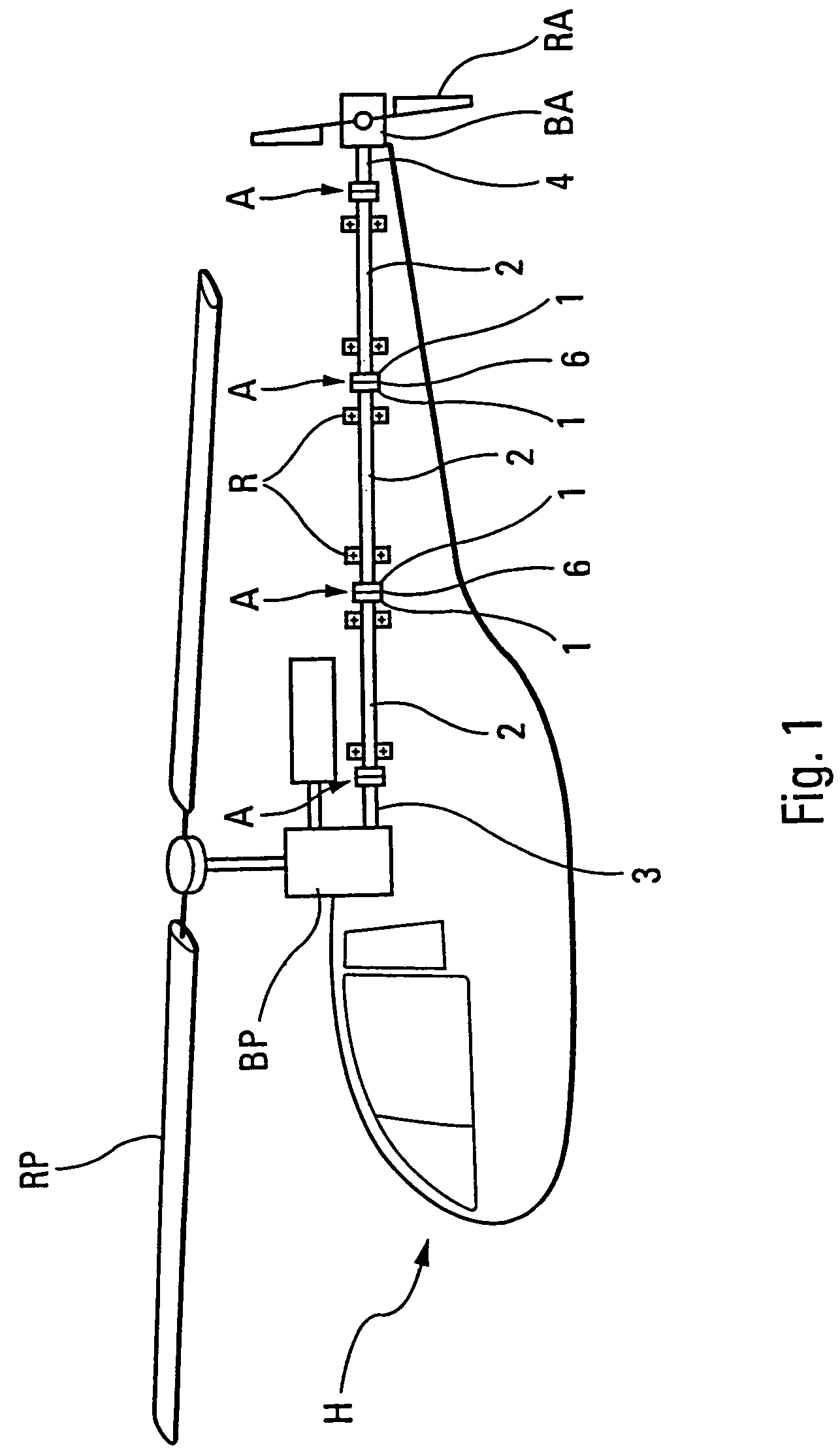Coupling flange system for hollow shaft
- Summary
- Abstract
- Description
- Claims
- Application Information
AI Technical Summary
Benefits of technology
Problems solved by technology
Method used
Image
Examples
first embodiment
[0047]In these two embodiments, the flange system structure, i.e. flange 5 with housing 507, 607, the set of external and internal conical rings, the annular space 10 and the clamping device 11, as well as its assembly and mounting on the tubular end of shaft 2, are identical to the first embodiment described above and will not be explained in any greater detail.
second embodiment
[0048]In the second embodiment illustrated in FIG. 5, the rotating link 514 is of the obstacle-drive type and comprises a multitude of teeth 7F (or ribbing) arranged on the inner perimeter of internal annular shoulder 507D of rigid housing 507 and a multitude of complementary teeth 9G on the outside of the inner ring, corresponding with said internal annular shoulder 507D between threading 9D and the truncated wall 9B of internal conical ring 509. The rotating link, through two teeth 7F–9G, radially connecting housing 507 of flange 5 to internal conical ring 509 of the assembly, allows considerable torque to be passed to shaft 2 by the inner ring, the combined truncated surfaces and the outer ring. A washer 15 is also provided between clamping device 11 and link 514 to ensure a sufficient bearing capacity of clamping device 11 on internal annular shoulder 507D.
third embodiment
[0049]In the third embodiment shown in FIG. 6, the rotary link 614 is of the friction drive type comprising a plate 16 attached to housing 607 and internal conical ring 609. More particularly, plate 16 is applied to the transversal face 7G of base 7B and the transversal face 9H of internal conical ring 609, while the two transversal faces 7G and 9H are contained more or less within the same plane, perpendicular to the axis of flange system 1. An adjusting shim, not shown, could be introduced advantageously between plate 16 and faces 7G or 9H respectively of housing 7 and the internal conical ring to ensure the assembly of the components 16, 7 and 609, without any play or spurious flexing forces. It is also evident that the transversal face of internal conical ring 609 is solid so as to be able to attach plate 16 to it with screws 17, whereas attachment of the plate to base 7B is by means of bolts 12, not shown, in coupling A. Therefore, plate 16 is arranged between the elastic disk ...
PUM
 Login to View More
Login to View More Abstract
Description
Claims
Application Information
 Login to View More
Login to View More - R&D
- Intellectual Property
- Life Sciences
- Materials
- Tech Scout
- Unparalleled Data Quality
- Higher Quality Content
- 60% Fewer Hallucinations
Browse by: Latest US Patents, China's latest patents, Technical Efficacy Thesaurus, Application Domain, Technology Topic, Popular Technical Reports.
© 2025 PatSnap. All rights reserved.Legal|Privacy policy|Modern Slavery Act Transparency Statement|Sitemap|About US| Contact US: help@patsnap.com



